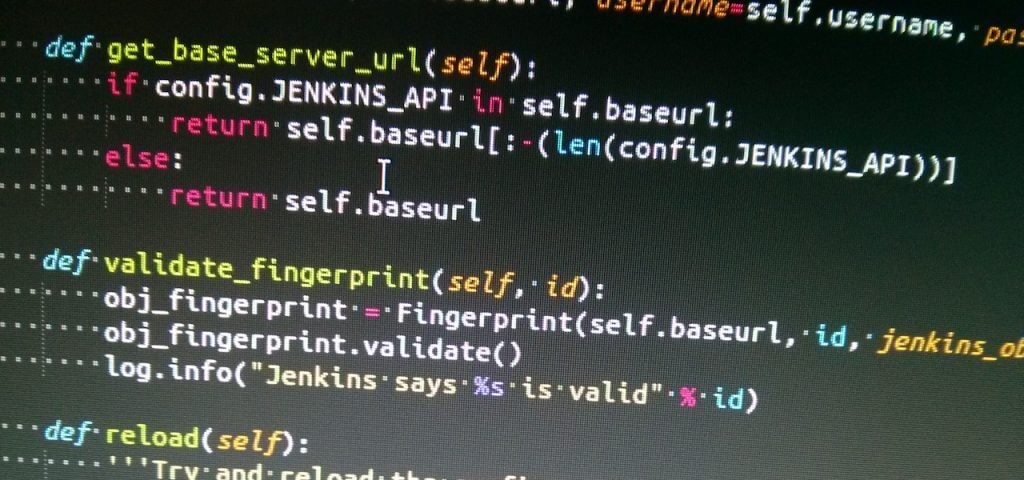At present, among all public chain systems, Ethereum enjoys many firsts including the most nodes, the most dapp applications, the most tokens supported, the most tokens listed and traded on exchanges, the most developers, and so on. Too many contracts on Ethereum make the cross-chain problems and expansion problems more and more serious. The scalability of the Ethereum base layer still has a long way to go, and it is probably that the block-chain base layer will not be able to expand after many years. TCE Lab believes that the current Ethereum Network cannot support multiple types of applications. If the layer 2 solution is not used, the scalability problem won’t be solved in the short to medium term.

Polkadot is creating a network protocol to make all block-chains connected to this architecture can better complete the information interaction between each other by establishing a set of multi-chain architecture. In order to achieve this goal, Polkadot has defined a set of Parachain and Relaychain. In which, Parachain is mainly responsible for data calculation and transaction information processing. The horizontal expansion of the block-chain can be completed through multiple parallel chains, that is to say, the performance problem of the block-chain can be solved. As one of the centers of Polkadot, Relaychain aims to verify the blocks given by each parachain and provide a proof of finality.
With the cross-chain problem and expansion problem that cannot be solved on Ethereum solved very well on Polkadot, after discussion, TCE Lab that originally intended to sell all the technical codes successfully developed by TCE Lab turned to agree with the research and development work of the TCP Lab based on the dot direction.
Disclaimer: This specification is preliminary and is subject to change at any time without notice. MYTOKEN assumes no responsibility for any errors contained herein.
